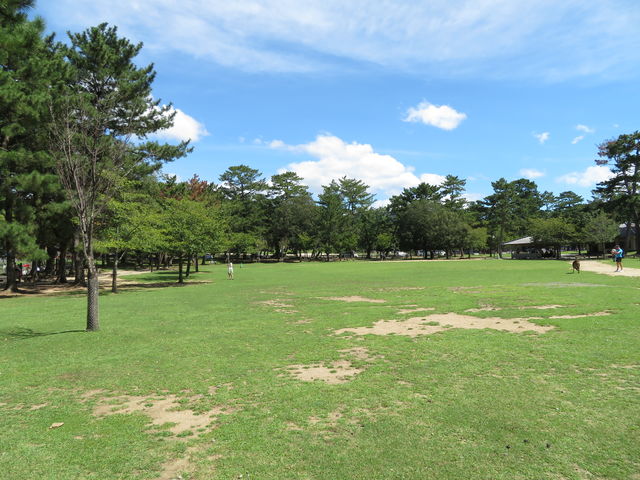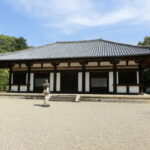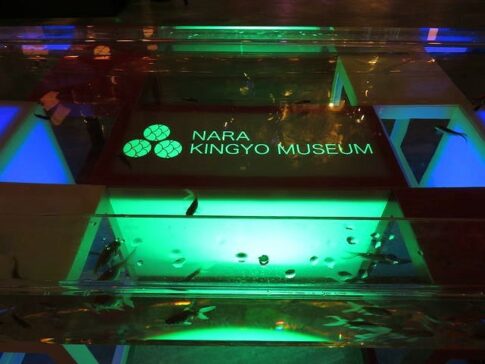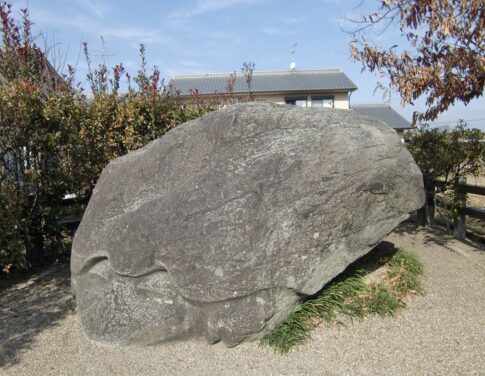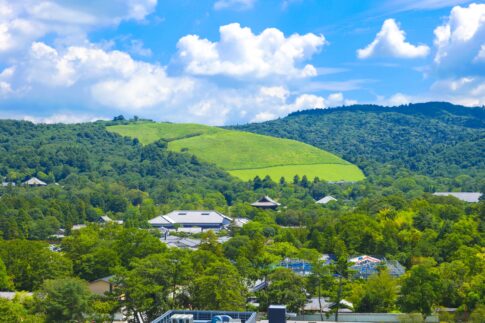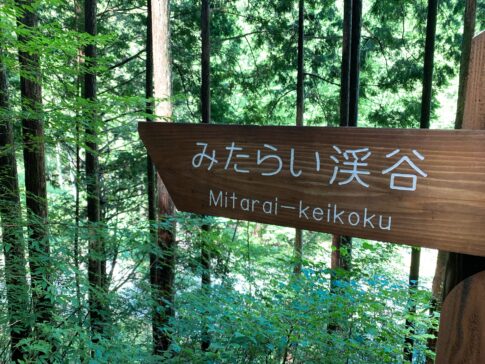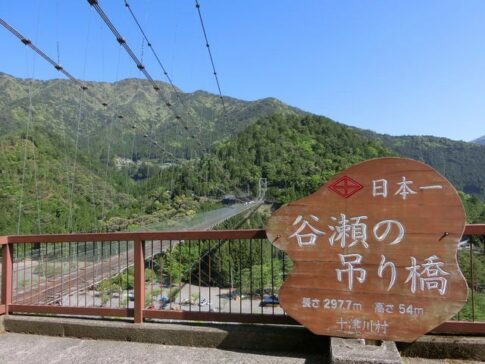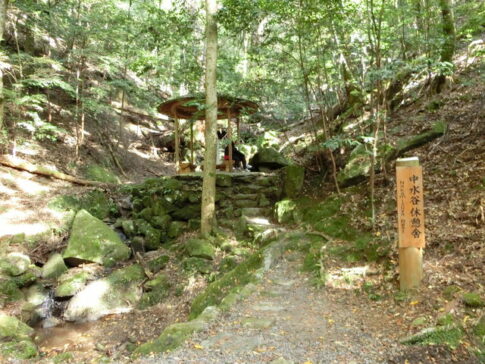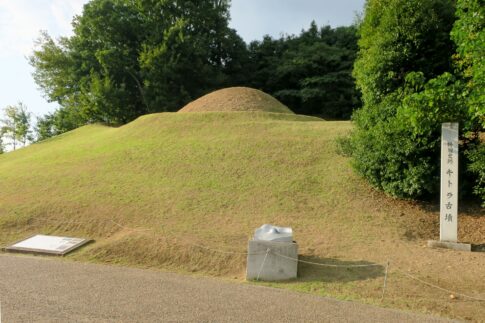Have you ever heard of Nara Park?
It is one of the most famous place in Nara. You can enjoy nature and watch deer so close there!
What you need to know before visiting Nara Park
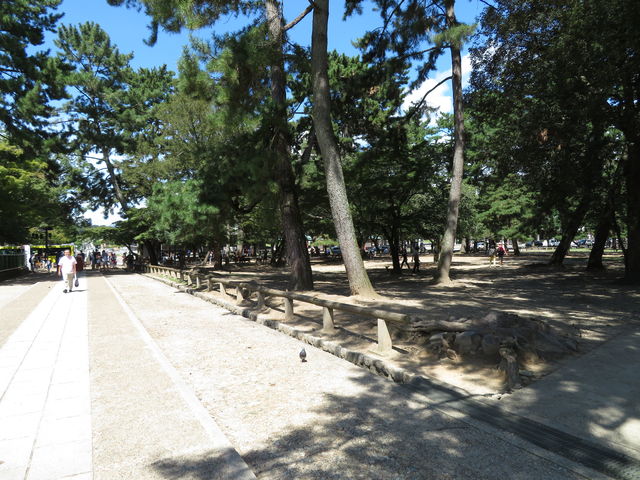
1. History of Nara Park
In 710 (Wado 3), about 1,300 years ago, the capital of Nara was relocated from Asuka Fujiwara Palace to Heijo-kyo Capital, where it remained for 74 years until it was moved to Nagaoka in Yamashiro Province.
The Kasuga Taisha Shrine, Kofukuji Temple, Todaiji Temple, and other shrines and temples were built or moved to the area as places of worship during this period, and the area developed as a gateway to the city.
2. Basic Information of Nara Park
Nara Park, as it is commonly understood, covers a vast area of 660 hectares, and is a unique historical park that harmonizes the valuable historical and cultural heritage of Kasuga Taisha Shrine, Kofukuji Temple, Todaiji Temple, the National Museum, Shosoin Repository, etc., with the magnificent and rich green natural beauty that surrounds them.
The pagoda complexes reflected in the trees, the lawns in full bloom with young grasses, and the atmosphere of herds of deer playing together, Nara Park, represented by the “Great Buddha, greenery, and deer,” is the face of the ancient capital of Nara.
Name Nara Park, Nara Prefectural Urban Park
Date of Establishment February 14, 1838
Total area 511.22 ha (including 47.43 ha of flat area and 463.80 ha of forested area) Revised in January 2022
Number of tourists: 13 million per year
Deer (about 1,100), raccoon dogs, wild boars, flying squirrels, etc.
Main Plants: Pine, cherry, maple, Chinese waxwing, acer palm, cedar, cassia, Japanese apricot, plum, camphor tree, cypress, etc.
(87 species, approx. 10,000 trees in flat areas ・ 207 species, unknown number of trees in forested areas)
Attractions of Nara Park
Nara Park has been a place of beautiful scenery that has captured the hearts of people at various times since ancient times.
3. Nara Park in Ancient times
Kasuga Field and Mt. Kasuga were written about in the Manyoshu, the oldest anthology of Japanese poetry, and were popular as a place for the Grand Court nobles to enjoy themselves.
The Manyoshu contains a total of 86 place names related to Nara Park.
29 poems about fields (Kasugano, Asakayahara, etc.)
40 poems about mountains (Kasuga-yama, Mikata-yama, etc.)
17 poems related to rivers (such as the Tadokawa River and Notogawa River)
Early Modern Period
The “eight scenic spots” have been selected in various parts of Japan, in imitation of the traditional Chinese painting motif “Shousho hakkei” (Eight picturesque landscapes).
Nara’s “Eight Views of the Southern Capital” were first selected in Japan in 1465.
They appear in books such as “Yamato Meisho Zue” and “Shin-sen Yamato Meisho Orai” published in the Edo period (1603-1868).
Bell of Todaiji Temple
Deer in Kasugano
Wisteria at Nando
The moon at Sarusawa Pond
5. Fireflies in the Saho River
Rain on Kumoizaka
7.Traveler(Gyojin) at Todoroki-bashi bridge
Snow on Mt.
4. Nara Park in Modern Period
During the Meiji, Taisho and Showa periods, many writers and artists visited and lived in Nara, and left descriptions of the characteristics of the landscape in Nara Park.
Nara is a beautiful place. The nature is beautiful and the remaining architecture is beautiful.
The blend of the two is unparalleled.
Nara today is only a part of the old capital, but it is as beautiful as the remnants of a masterpiece.
Naoya Shiga, Nara, 1938
I think Nara Park is the most beautiful park in Japan. (It has a natural grandeur that has not been distorted by the common taste for boxy gardens. It is especially pleasant that there are no clunky mountains or dragged-out boulders.
Of course, there is no need for such things here. The nature itself is the backdrop for the hills and mountains that gracefully compose the foreground terrain.
The groves are not as dense as you would find in a beautiful park, but here and there, on the foothills of the hills, they are linked to a majestic primeval jungle that has not yet been touched by the axe. The trees are mainly cedar, pine, camphor, evergreen oak, maple, zelkova, etc.”
When you turn your eyes to the majestic park, you will see that it has a mysterious look, and everywhere, along with these familiar beasts, there are temples and pagodas of a thousand years ago, dressed in red and white, showing faintly picturesque forms. (There could not be a more ideal peaceful landscape on earth.”
From the diary of Erwin von Bälz, April 17, 1904, in “Diary of Erwin von Bälz,” edited by Toku Bälz.
5. Deer in Nara Park
Deer in Nara Park are wild animals designated as national natural treasures. They are by no means captive animals. Wild animals are “ownerless” and have no owner.
That said, it is illegal for individuals to catch or harm them. Deer are cute animals, but they can be harmed if you do not know their biology.
There are a total of 1105 deer in Nara Park, including 217 males, 806 females, and 82 offspring. (According to a survey conducted in July 2021.) They feed on plants such as buckwheat and nuts that grow in Nara Park.
Please do not feed them anything except deer crackers. Deer crackers are made of rice bran and flour.
They contain no sugar or salt. They are a safe snack for deer. If they eat other foods, they will die from diseases such as tooth decay and poisoning.
6. Nature in Nara Park
Nara Park is dotted with old temples and shrines such as Kasuga Taisha Shrine, Kofukuji Temple, and Todaiji Temple, as well as a rich variety of nature in an urban area.
Since ancient times, many deer have inhabited the park, greatly influencing the flora and fauna of Nara Park and creating a unique ecosystem.
Many plants inhabit the park, many of which are giant trees and famous trees, and some of which are quite rare.
Many natural monuments have been designated as part of the natural environment, including “Kasuga-yama Primeval Forest” (Special Natural Monument), “Deer of Nara,” “Kasuga Taisha Nagi Tree Forest,” “Chishokuin Naranoyaezakura” and “Loomis shijimi habitat.
Summary
You will want to visit Nara Park after reading this.
We recommend you not to miss this place on your trip to Nara!
